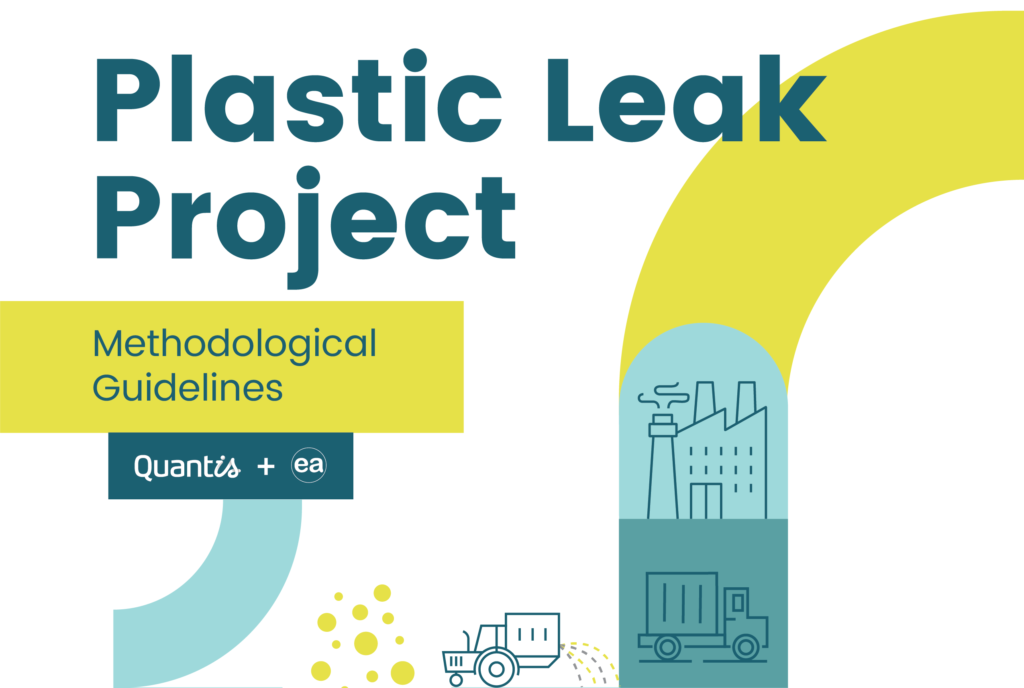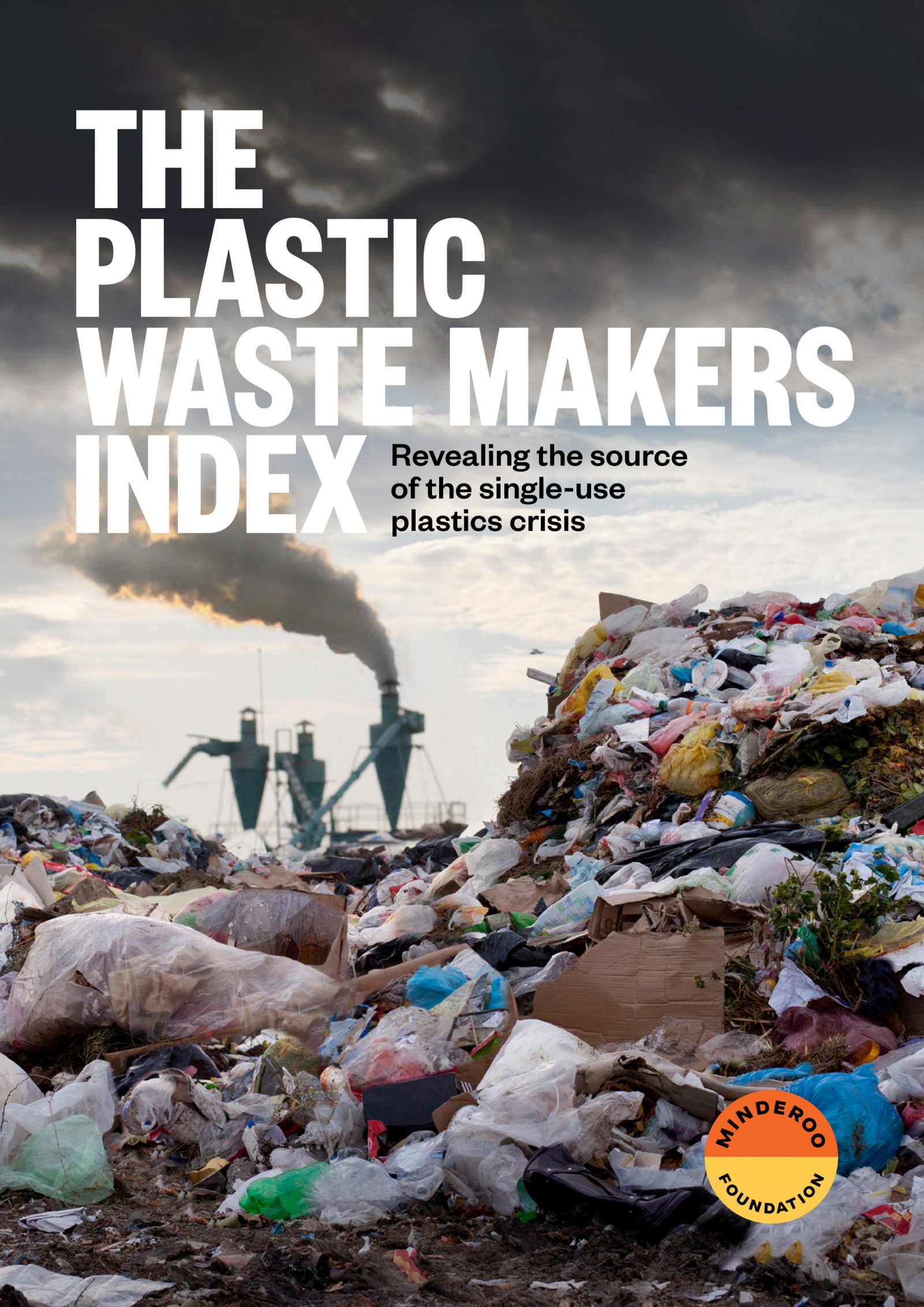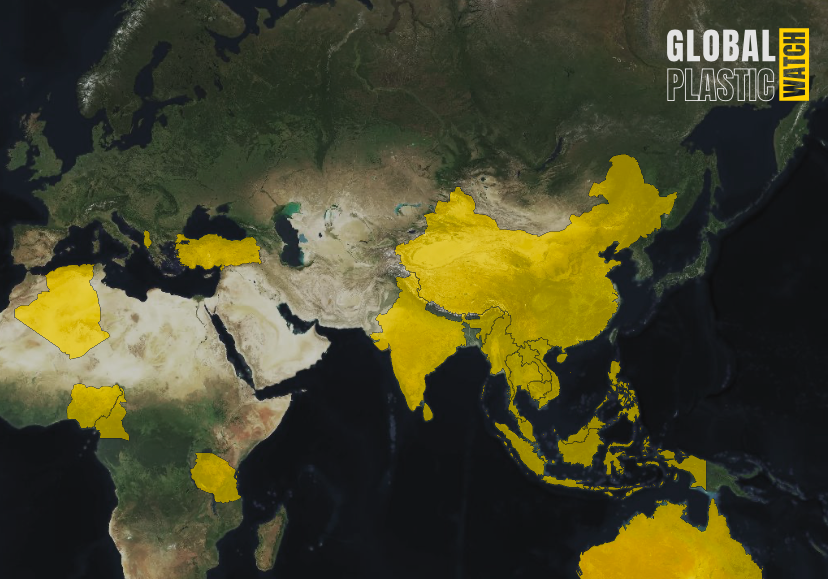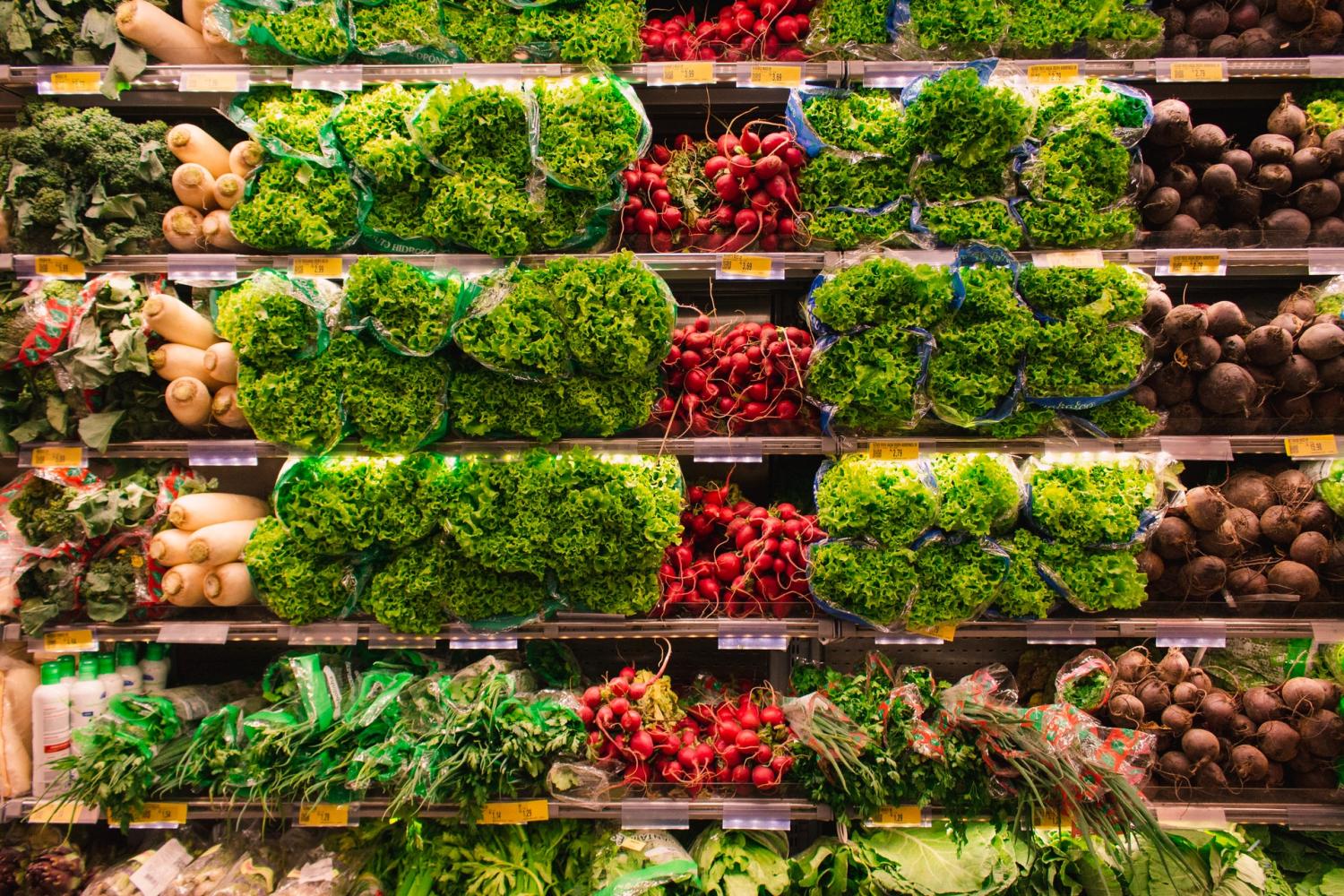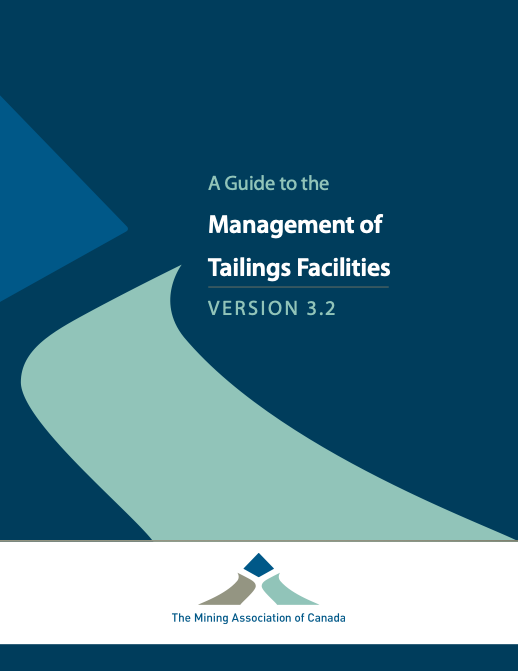Process Residuals and Other Wastes
Description
Including tailings; slag; sludge; waste heat; fibres; shavings; fly ash; organic waste (including food waste; animal waste; human waste; paper and cardboard); medical waste; textile waste; plastics; e-waste; building and construction waste; and other process residuals and waste.
Share this Subissue on:LinkedIn
Resources
Plastic Waste
The Plastic Leak Project Guidelines
This comprehensive publication provides the first science-based methodology to map and measure plastic leakage across corporate value chains. Part of the Plastic Leak Project, this document will provide sustainability managers and corporate decision-makers with a framework for understanding where (and how much) leakage is occurring, and will help you to create impactful strategies and actions that effectively address plastic pollution and mitigate key business risks. Also available is a Plastic Leak Project Brief, which provides decision-makers with an overview of the guidelines, a summary of the challenges they help address, the business value of this metrics-based approach to building a plastics strategy, and more.
The Plastic Waste Makers Index
This groundbreaking report from the Minderoo Foundation reveals the perpetrators and enablers of the plastic waste crisis, and highlights both the trajectory of this issue and the impacts it will have on peoples and the environment. This report can help you to understand which companies are driving this crisis; which companies are making real efforts to create a circular plastics economy; and how virgin polymer production is expected to grow or decline in the future.
Transparent 2023 Annual ReSource: Plastic Progress Report
This annual report from ReSource: Plastic and WWF provides an update on how member companies are addressing plastic pollution and identifying new opportunities to maximise positive impact. In addition to highlighting results and progress, this report provides recommendations for action both internal to company supply chains and across wider multi-stakeholder efforts. This is a good source of information for change agents that want to learn about the efforts of multinational corporate leaders in reducing their plastic waste.
Turning off the Tap: How the world can end plastic pollution and create a circular economy
This comprehensive report from the UN Environment Programme examines the economic and business models needed to address the impacts of the plastics economy. The report is divided into four parts, highlighting the case for ending plastic pollution and pursuing a better plastics future; the need and pathways for a marketplace transformation to create a new circular plastics economy; the legacy of plastic waste and pollution; and the changes in policy and legislation required to credibly address the global plastics problem. This resource can help you to understand that these solutions are available now, and that a systems change will result in a wide range of economic benefits while also reducing the harm to human health and the environment. This roadmap will be especially beneficial for sustainability practitioners, procurement specialists, designers, and policy leads that want to better understand their role in the transition to a circular economy.
Towards Ending Plastic Pollution by 2040: 15 Global Policy Interventions for Systems Change
This report from Systemiq can help you understand the scale of intervention required to address the impact of plastic pollution. It presents two scenarios: "Business-as-Usual," based on our current trajectory of plastic pollution, and “Global Rules,” which explores what plastic pollution may look like in 2040 if a global set of far-reaching policy interventions are adopted. The report estimates the environmental, social, and economic benefits of these interventions. These insights will be most useful to sustainability and public affairs teams interested in pushing for policy advocacy on plastic pollution.
Global Plastic Watch
This digital platform maps and monitors plastic pollution in near-real-time through satellite imagery and artificial intelligence. This tool can help you to make evidence-based decisions on how to support global efforts to manage and mitigate plastic pollution.
Enabling corporate plastics disclosure: Building a corporate accountability system for plastic pollution
This white paper from WBSCD proposes an accountability system that can help your company comply with future regulation on plastic pollution. The system features four stages: 1) setting a goal for the transition to circular economy, 2) create a plastic pollution action plan, 3) using accurate plastic pollution accounting metrics, and 4) reporting on these the metrics externally. This paper would be most helpful for sustainability change agents and compliance professionals.
Food Waste
The Avoidable Crisis of Food Waste: The Roadmap
This resource from Second Harvest explains how nearly 9 million metric tonnes of food is lost or wasted by the food industry in Canada each year. The report uses field-to-fork life cycle analysis to show how - and why - food loss and waste occur. This is a good starting point for building awareness around the magnitude of food waste, regardless of geographic context; for understanding the differences between avoidable and unavoidable waste; and for understanding the kinds of immediate and long-term solutions that should be pursued to reduce food loss and food waste.
Wasted Opportunity: Rescuing Surplus Food in a Throwaway Culture
This report from Second Harvest explores food loss and waste across the industrial spectrum in Canada. It can help you to understand the causes and scale of the problem, the implications and opportunities for communities and business, and solutions for positive change that can be amplified.
Although the information here is centred around the Canadian context, many of the recommendations and insights are applicable regardless of geography.
Four Strategies Businesses Can Deploy to Slash Food Waste
If your business is looking for new ways to reduce food waste, this article from Triple Pundit highlights four changes that can help to reduce efficiencies and loss: AI-enhanced inventory management, digital food recovery platforms, smarter packaging, and upcycling food byproducts.
The Food Sustainability Index
Developed by the Economist Impact and Fondazione Barilla, the Food Sustainability Index (FSI) can help you understand the sustainability challenges of food systems at a national level. The FSI accounts for 78 countries, covering 92% of the global population, and focuses on three main topics: food loss and waste, sustainable agriculture, and nutritional challenges. The FSI also features a set of policy-based actions for improving food systems around the world. The focus on governmental policy makes this report especially relevant to public affairs departments that can help advocate for aligning policy with relevant governments.
Other Resources
Zero Waste: A Getting Started Guide
Our linear economy is not sustainable. Many companies realise that they need a strategy to handle waste, but lack clarity on the work needed to develop and achieve their goals. Anchored in research, our Zero Waste: A Getting Started Guide aims to support your company as it begins or revisits a zero operational waste strategy. It helps build a foundational understanding of the issue and provides clarity on the work ahead towards an embedded strategy for zero waste.
A Guide to the Management of Tailings Facilities
Produced by the Mining Association of Canada (MAC), this guide will help you to develop and implement consistent site-specific tailings management systems, and especially at new facilities. Designed to be applicable by mining facilities anywhere in the world, this guide provides a broadly applicable tailings management framework and a detailed planning rubric.
Global Industry Standard on Tailings Management
The Global Industry Standard on Tailings Management was developed by ICMM to prevent catastrophic failure, enhance the safety of mine tailings facilities around the globe, and achieve the goal of zero harm to people and the environment. The Standard applies to current and future tailings facilities, and is comprised of six topic areas, 15 principles, and 77 auditable requirements that can be supported by implementation protocols.
E-Waste Monitor
E-waste is one of the fastest growing waste streams. This platform from the United Nations Institute for Training and Research (UNITAR) can help you understand the scale and flows of e-waste around the world. It features global monitoring reports that provide an overview of e-waste statistics, relevant legislation, potential solutions, and health impacts. It also hosts a selection of regional- and national-level reports, future e-waste scenarios, and additional statistics. The data provided will be most useful to sustainability and supply chain management teams seeking to address e-waste challenges in their operations and value chain.
